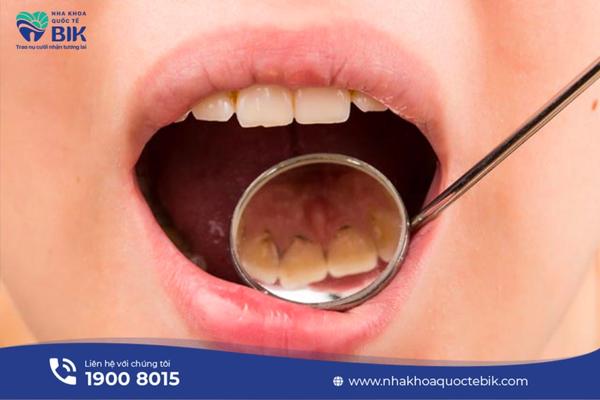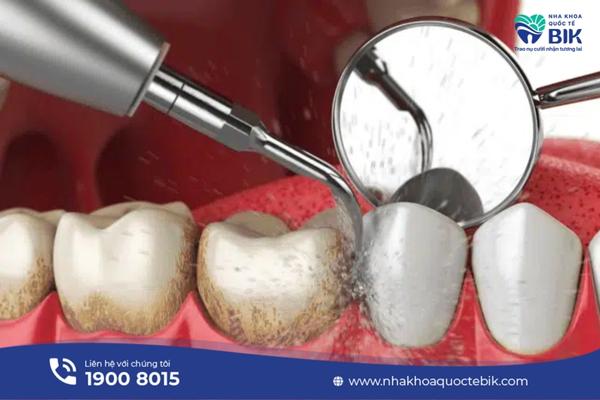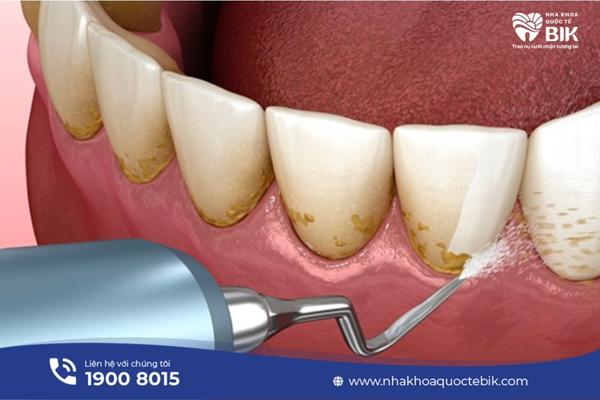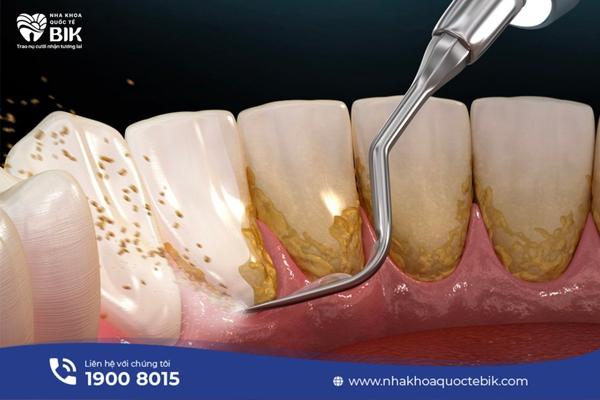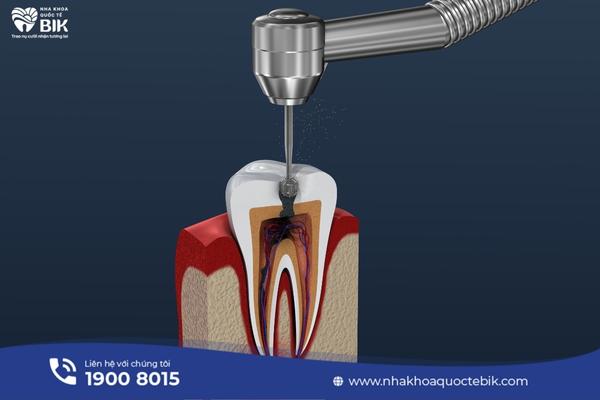Braces are an orthodontic method, indicated for cases of teeth with defects such as: protruding teeth, underbite, crooked teeth… Braces help improve the above conditions to the maximum, giving customers a brighter and more confident smile. Currently, there are many methods of braces on the market, but metal braces are still the most chosen by customers.
WHAT ARE METAL BRACES?
Metal braces are the first method that created the premise for current orthodontic methods. With stainless alloy materials such as nickel-titanium, metal braces are durable and bring even and stable results. The method of braces with metal brackets is suitable for all conditions such as: protruding teeth, underbite, gaps, crooked teeth… with levels ranging from difficult to complex.
HOW DO METAL BRACES HELP INCREASE THE EFFECTIVENESS OF BRACES?
The periodontal tissue includes the periodontal ligament, alveolar bone and gums. The braces will act on the teeth, thereby causing the periodontal ligament to stretch to one side, the other side will be compressed, from here the teeth will begin to move and create an impact on the alveolar bone. The compressed alveolar bone will gradually disappear, the bone missing due to tooth movement on the stretched side will thicken due to the need to support the teeth. This is the process of bone loss and bone deposition, helping to move the teeth to the desired position and readjust the jawbone.
Metal braces use metal brackets and archwires to create the above process. Metal brackets are fixed on the teeth, the metal archwire will exert force on the brackets and pull the teeth to the desired position. With a sturdy metal mixture, metal braces help the pulling force to be more stable and even.
TRADITIONAL METAL BRACES
Traditional metal braces use fixed brackets on the teeth, the archwire is on the bracket and the archwire is fixed to the brackets by tying dental elastics. The process of pulling the teeth orthodontically takes place thanks to the elasticity of the elastic band, thereby helping the orthodontic process to take place slowly and continuously.
Advantages
The lowest cost among orthodontic forms. But it brings high efficiency, suitable for both difficult and complex cases, shortening the time of braces.
Limitations
The aesthetics are not high. Easy to loosen brackets and elastic bands
SELF-LIGATING METAL BRACES
Self-ligating metal braces (self-closing, self-locking) are an upgraded method from traditional metal braces. The sliding system replaces elastic bands to help fix the archwire on the braces, ensuring the orthodontic process is continuous, limiting the situation of the elastic bands being stretched or loosened unnecessarily.
Advantages
Similar to the traditional method, self-ligating metal braces are very effective, shortening the orthodontic time and suitable for difficult cases. However, this method helps doctors to easily check the impact of force on the teeth, convenient during the re-examination and treatment process.
Disadvantages
Not very aesthetic.
WHY ARE METAL BRACES POPULAR?
Sturdy and stable
While customers with ceramic braces have to replace the braces several times during the treatment process due to broken or cracked braces… But because they are made of sturdy alloy, metal braces do not experience the above conditions, thereby providing stability during the treatment process, helping to speed up the treatment time.
Affordable cost
Compared to more modern braces methods such as ceramic braces, transparent braces…, metal braces are the cheapest method. The reason for the low cost of this method is because the aesthetics are not high, but in terms of effectiveness, metal braces are somewhat superior to current methods.
Shorten treatment time
With its durable, sturdy, and stable properties, metal braces are still the most flexible type of braces. Suitable for many oral conditions and different levels of severity. Thereby, increasing treatment efficiency and shortening treatment time compared to other methods.


